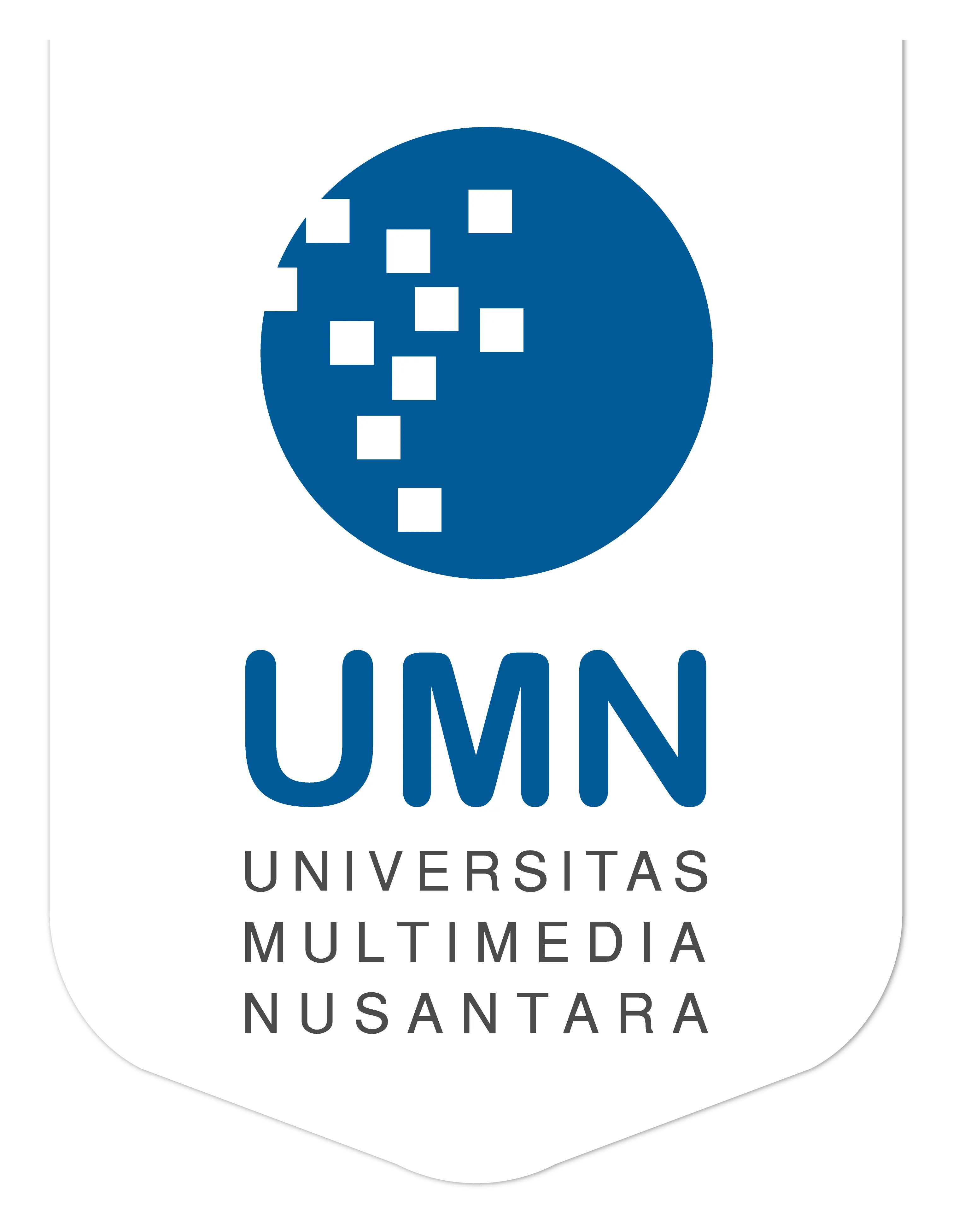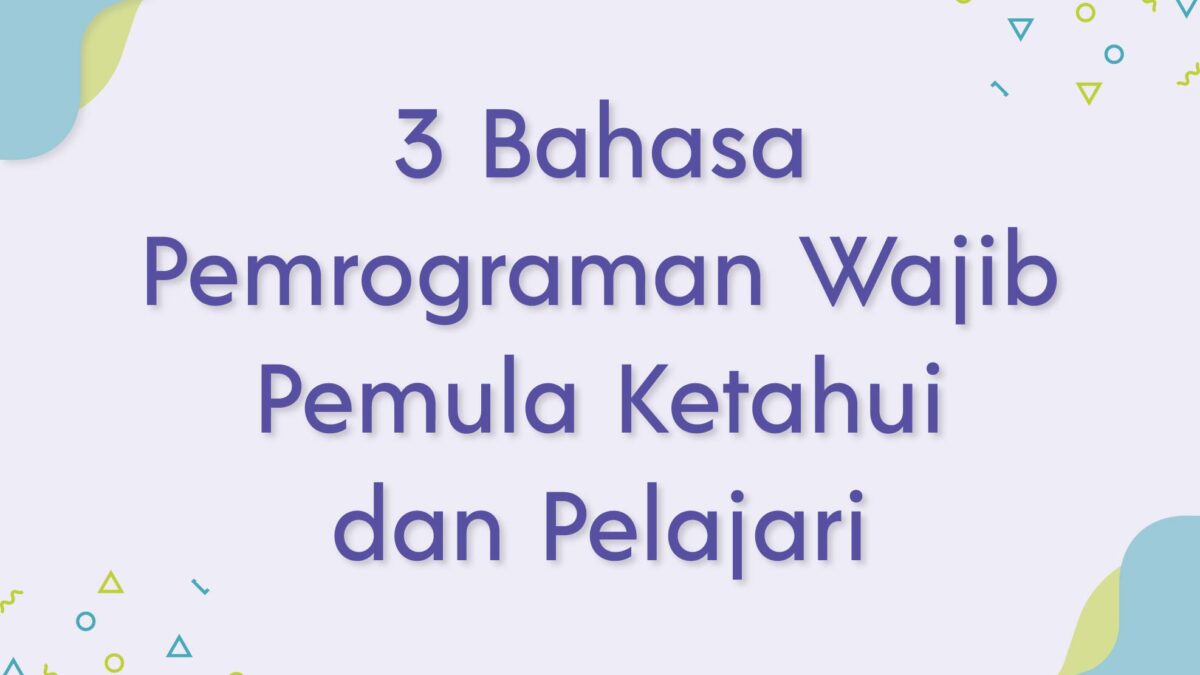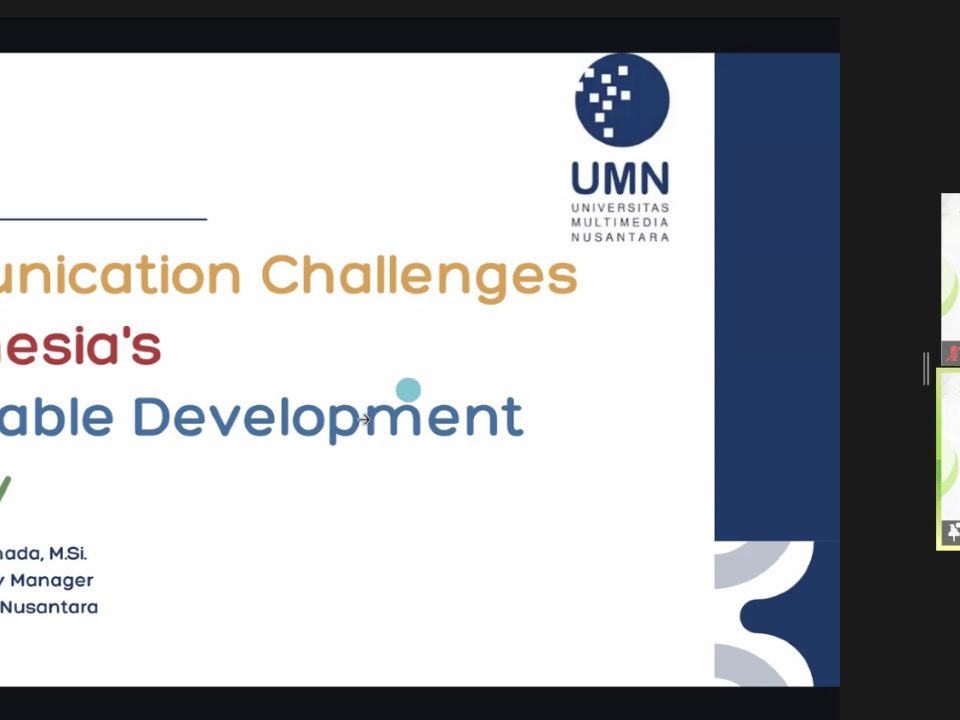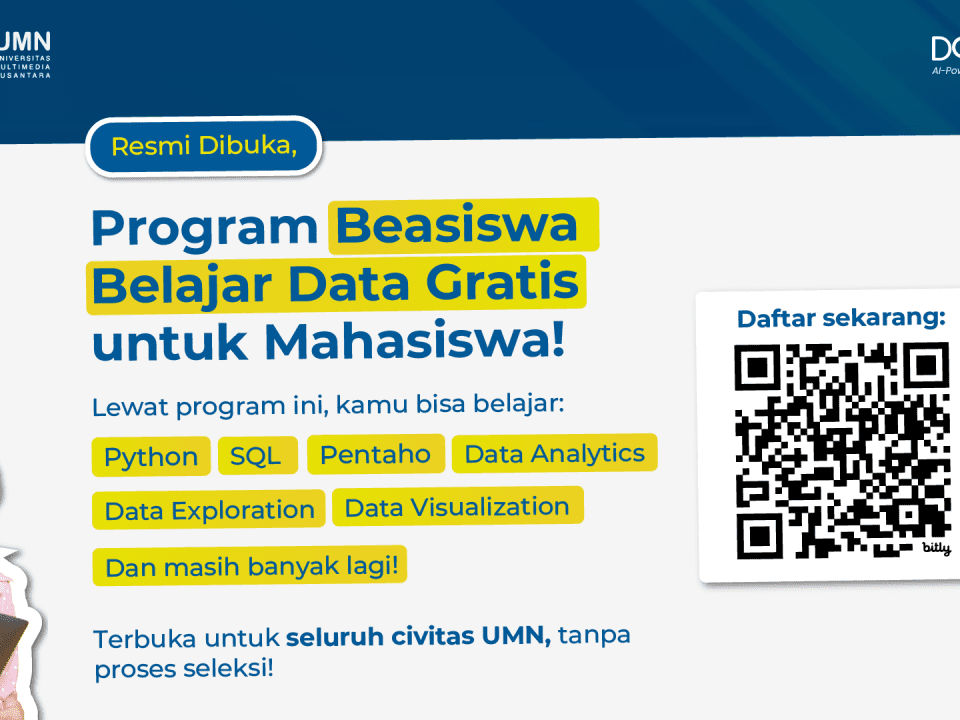
Library of Things, Startup Originating a New Culture for a Waste-Free Indonesia
September 22, 2021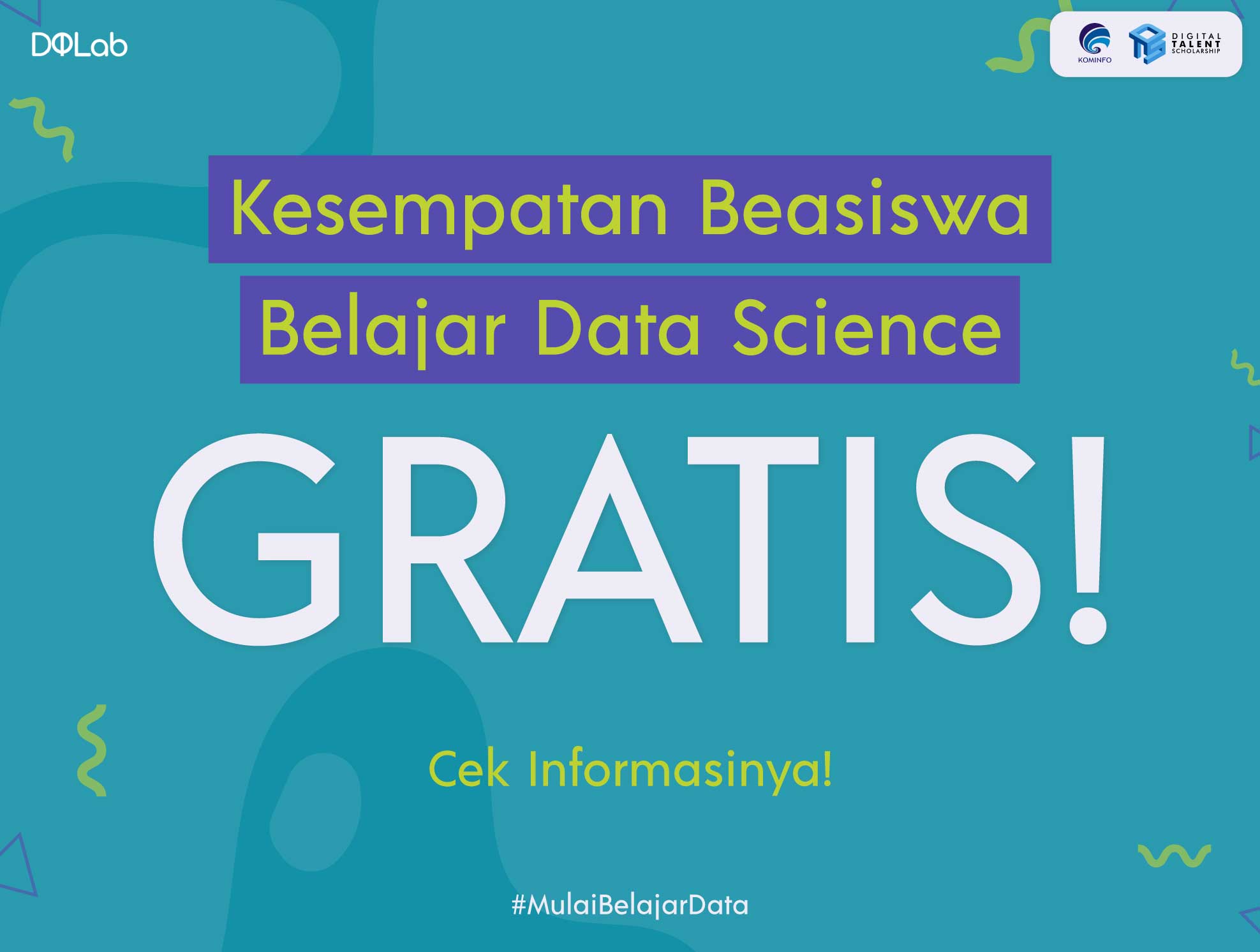
DQLab and Ministry of Communication and Informatics Give Free Professional Academy Data Science Scholarship
September 23, 2021Data Science is a multidisciplinary science that combines many specific skills. Programming Language is one of the sciences that Data Scientist must master. Not only limited to improving skills or filling spare time, programming languages have a lot of benefits.
Learning programming can also train logic and foster creativity. Similar to learning physics and mathematics, programming languages also require us to use extensive logic when solving problems. In addition, we are also required to be creative and have high imagination. Because, with high creativity we will be facilitated in terms of making a system or application.
If you want to delve into Data Science, there are various programming languages that you need to master. Here are the programming languages you should know:
1. Python
Python is a programming language that is widely used by companies that carry industry 4.0. Python itself was created in the late 1980s by Guido van Rossum in the Netherlands. Initially this language was created to continue the programming language that has not been maximized, namely the ABC language. Python is a multipurpose interpretive programming language designed to be as easy to understand as possible to read. Python itself places more emphasis on code that can understand syntax,
With the advantages possessed by Python, this programming language has become the most popular and widely used in the field of Data Science and also for developing software or the web. This programming language belongs to object-oriented programming. Python is the most suitable programming language for people who are just learning programming languages for the first time. The formulas used are also relatively easy, for example if you want to write “Hello World”.
Print “Hello World!”
Also read Belajar Data Science Otodidak atau Kursus? Yuk, Mulai Bersama DQLab UMN
2. Java
Not inferior to Python, Java is a programming language that is also versatile and is used by many companies. Backtracking Java was first developed by a project called “The Green Project” consisting of James Gosling, Patrick Naughton, and Mike Sheridan. This project was originally to create a programming language that exceeds the capabilities of C and C++. After running for 18 months, a new programming language emerged called Java which was inspired by Javanese coffee, namely Java Coffee, that’s why the Java logo depicted a cup of coffee.
Since its inception, Java has been widely implemented by developers. Java has a very interesting motto, namely “Write Once, Run Anywhere”. This motto describes a language written using Java code that can be run on different platforms without the need to recompile the code. This is because writing Java program code is usually stored in files with the extension java. By using the javac compiler, you can compile a java file extension into a class file extension. This class extension file is called bytecode and can be run on all Java Virtual Machines (JVM).
Although it can be used on various platforms writing Java code is not as easy as Python. To write Hello World requires a fairly long code.
import javax.swing.JFrame; //Importing class JFrame
import javax.swing.JLabel; //Importing class JLabel
public class HelloWorld {
public static void main(String[] args) {
JFrame frame = new JFrame(); //Creating frame
frame.setTitle(“Hi!”); //Setting title frame
frame.add(new JLabel(“Hello, world!”));//Adding text to frame
frame.pack(); //Setting size to smallest
frame.setLocationRelativeTo(null); //Centering frame
frame.setVisible(true); //Showing frame
}
}
Also read Yuk, Bangun Portofolio Datamu bersama DQLab & Xeratic Collaboration Programming Challenge
3. R
This programming language was created by Ross Ihaka and Robert Gentleman at the University of Auckland, New Zealand. This language is used for statistical analysis as well as graphs. The R language is now the de facto standard among statisticians for statistical software development, and is widely used for statistical software development and data analysis.
R provides various statistical techniques (linear and nonlinear modeling, classical statistical tests, time series analysis, classification, clustering, and so on) as well as graphs. R, like S, was designed as a true computer language, and allowed its users to add additional functionality by defining new functions. Another great strength of R is its graphing facility, which produces publication-quality graphics that can contain mathematical symbols. R has a LaTeX-like documentation format, which is used to provide comprehensive documentation, both online (in various formats) and in print. The code for writing Hello World is simpler than Java
cat(‘Hello, world!
‘)
4. Learn Programming Languages with DQLab
DQLab is a Data Science learning center that offers online courses for those of you who want to start learning Data Science. DQLab itself has produced data practitioners who are proficient in their fields. With DQLab you will learn in a structured manner with case studies and data that are in accordance with those in the field. DQLab also provides a forum for sharing with 95,000++ members of DQLab, as well as with data experts.
Visit DQLab to get attractive discounts every day. Start learning with DQLab by signing up now at DQLab.id and enjoy a practical and applicable learning experience so that you are ready to compete in the real industry. Happy learning DQLab Data Friends!
By Yohanes Ricky & Annissa Widya | DQLab
Kuliah di Jakarta untuk jurusan program studi Informatika| Sistem Informasi | Teknik Komputer | Teknik Elektro | Teknik Fisika | Akuntansi | Manajemen| Komunikasi Strategis | Jurnalistik | Desain Komunikasi Visual | Film dan Animasi | Arsitektur | D3 Perhotelan | International Program, di Universitas Multimedia Nusantara. www.umn.ac.id
